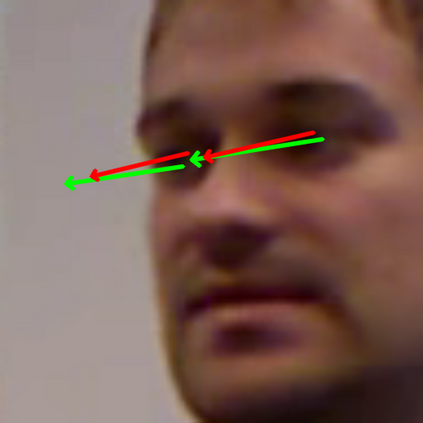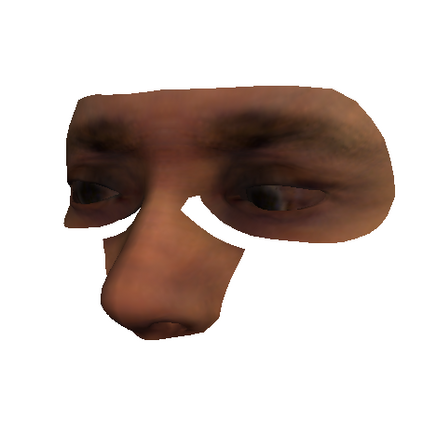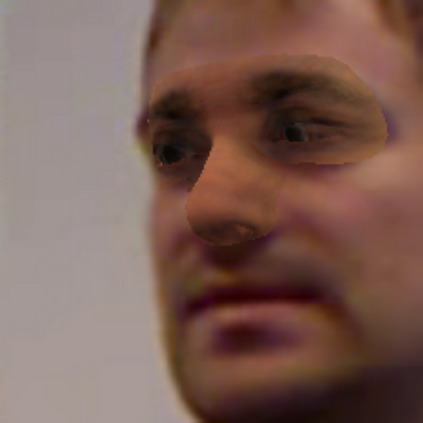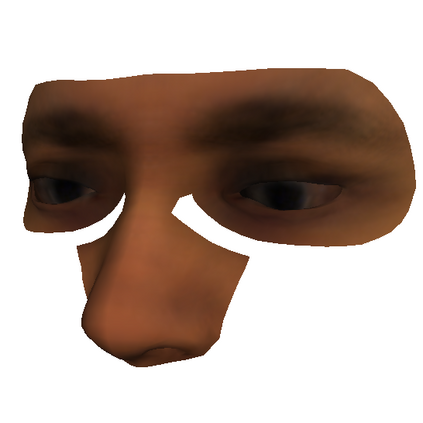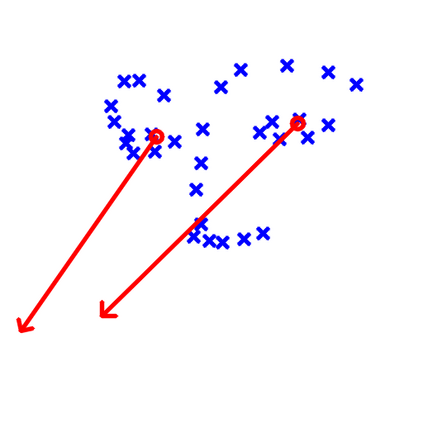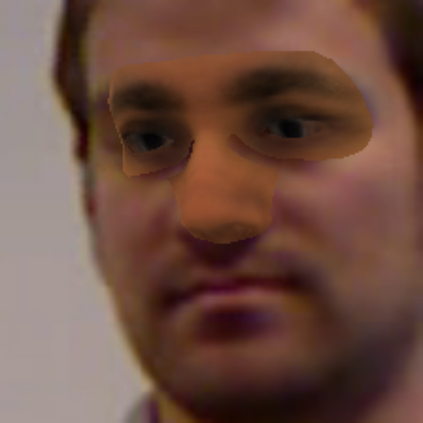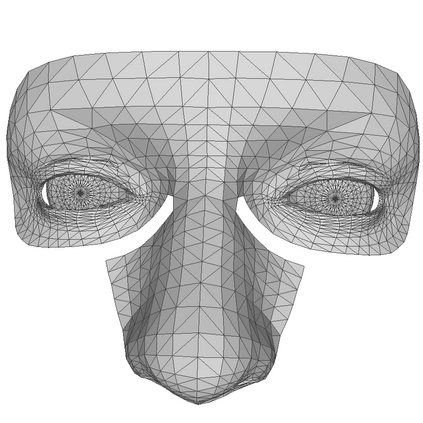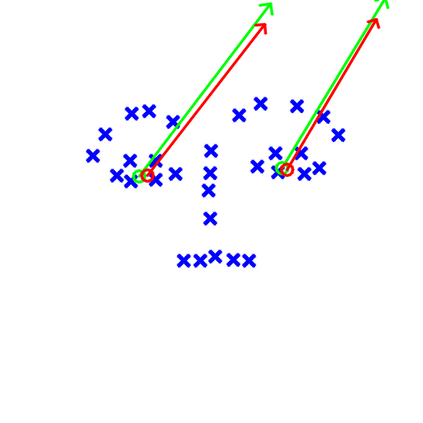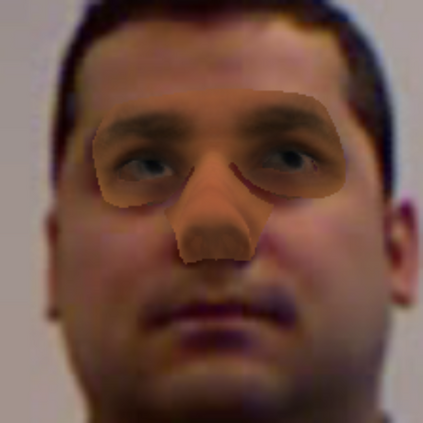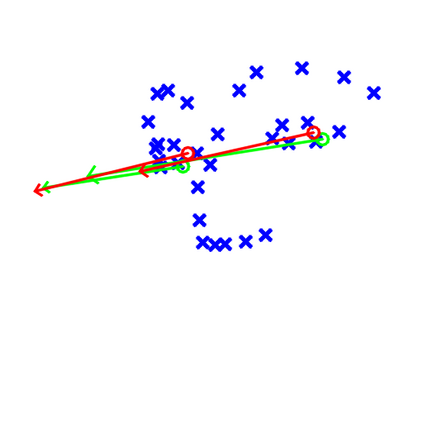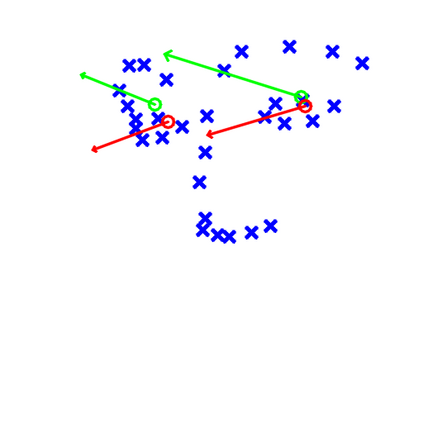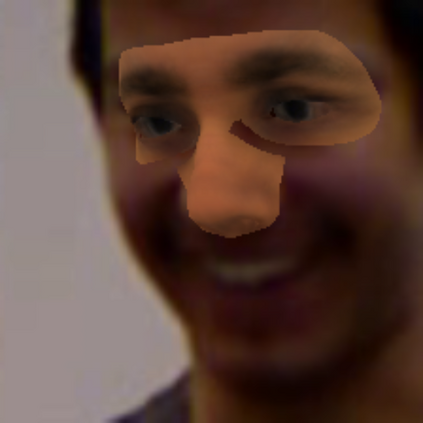Rather than regressing gaze direction directly from images, we show that adding a 3D shape model can: i) improve gaze estimation accuracy, ii) perform well with lower resolution inputs and iii) provide a richer understanding of the eye-region and its constituent gaze system. Specifically, we use an `eyes and nose' 3D morphable model (3DMM) to capture the eye-region 3D facial geometry and appearance and we equip this with a geometric vergence model of gaze to give an `active-gaze 3DMM'. We show that our approach achieves state-of-the-art results on the Eyediap dataset and we present an ablation study. Our method can learn with only the ground truth gaze target point and the camera parameters, without access to the ground truth gaze origin points, thus widening the applicability of our approach compared to other methods.
翻译:我们不直接从图像中倒退视线方向,而是表明添加3D形状模型可以:(一) 提高视距估计准确度,(二) 以较低的分辨率投入运行良好,(三) 更深入地了解眼区域及其成份凝视系统,具体地说,我们使用“眼和鼻子”3D可变型模型(3DMM)来捕捉眼区域3D面部几何和外观,我们为此配备了几何视边缘模型来显示“主动加热 3DMM ” 。我们显示,我们的方法在眼视数据集上取得了最先进的结果,我们提出一个减缩研究。我们的方法只能用地面的直观目标点和摄像参数来学习,而不能进入地面的真视源点,从而扩大了我们方法与其他方法相比的可适用性。


